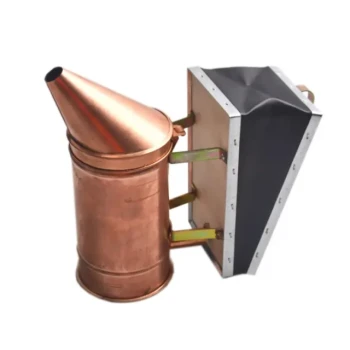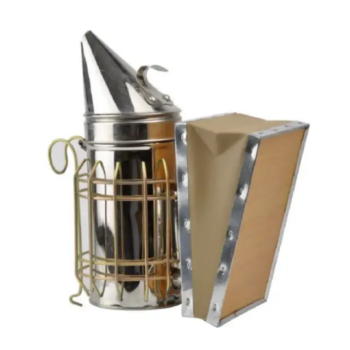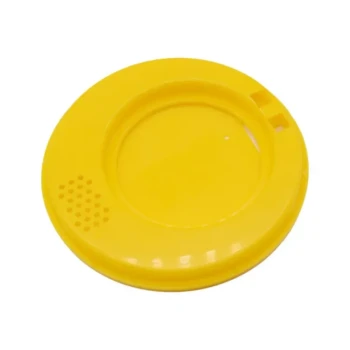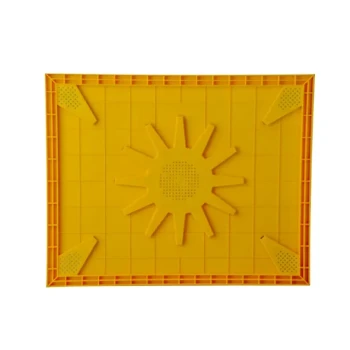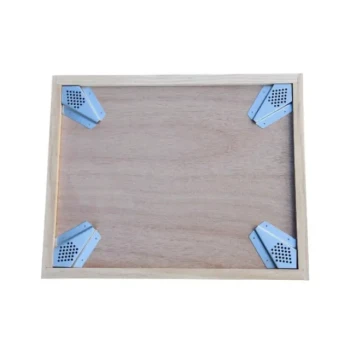To be direct, the most common way to make money in beekeeping is by selling honey, but the most profitable ventures are often selling the bees themselves or providing commercial pollination services. While honey production is the most traditional path, its profitability is often limited by market prices and the significant labor required for extraction and bottling.
The core principle of beekeeping profitability is shifting from selling a simple commodity (honey) to providing higher-value products or services. The highest returns often come from areas with more specialized knowledge, such as raising queen bees or managing hives for agricultural pollination.
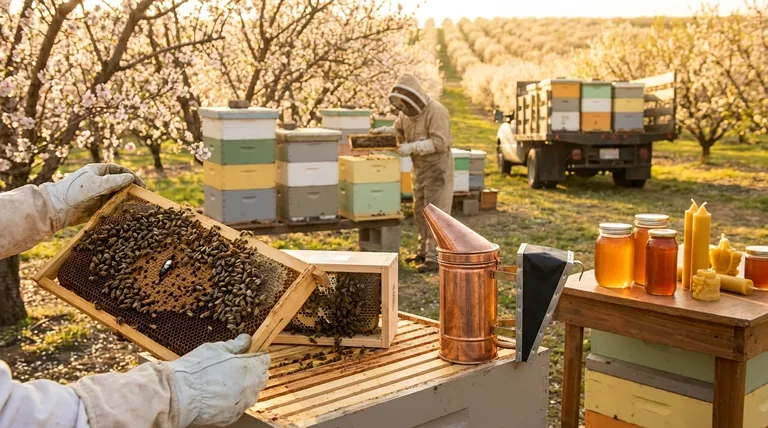
The Primary Revenue Streams in Beekeeping
To understand profitability, we must analyze the main avenues for generating income. Each has a distinct profile regarding startup costs, required skill, scalability, and potential margin.
Stream 1: Selling Honey
Selling raw honey is the most intuitive and common income source for beekeepers. It's a tangible product that consumers understand and seek out.
Profitability is directly tied to your ability to market your honey as a premium, local product, thereby commanding a higher price than supermarket alternatives.
However, this stream is labor-intensive, involving harvesting, extraction, filtering, and bottling, all of which can limit your profit per hour.
Stream 2: Selling Bees (Nucs and Queens)
Selling bees is one of the most lucrative activities in apiculture. You are essentially selling the "factory" that produces honey, not just the product.
A nucleus colony (nuc), which is a small, starter colony, can often sell for the same price as the honey that a full-sized hive produces in a year, but with far less seasonal work.
Raising and selling queen bees is a highly specialized skill that commands the highest prices. A single queen can sell for a significant sum, making it extremely profitable for those who master the technique.
Stream 3: Pollination Services
For beekeepers able to scale their operation, renting hives for pollination services offers a stable and predictable revenue stream.
Large agricultural operations, particularly for crops like almonds, blueberries, and apples, depend on honeybees and pay beekeepers on a per-hive basis to place their colonies in the fields during bloom.
This model shifts the focus from honey production to maintaining a large number of strong, healthy colonies ready for deployment, requiring significant logistical expertise.
Stream 4: Value-Added Products
This category involves using hive byproducts to create higher-margin goods. It's about turning beeswax, propolis, and pollen into new products.
Examples include beeswax candles, lip balms, furniture polish, and food wraps. Propolis can be sold as a tincture.
While often a smaller part of the business, these products can have very high-profit margins and diversify your income, especially at local markets.
Understanding the Trade-offs: Scalability vs. Margin
Profitability isn't just about the sale price; it's about the relationship between your investment of time, money, and labor versus the return.
The Economics of Honey Production
Honey offers a consistent but relatively low margin compared to other streams. Your profit is capped by the number of hives you can manage, the floral resources in your area, and the local market price for honey. It is a game of volume and efficiency.
The High-Margin Nature of Selling Livestock
Selling nucs and queens is a high-margin, low-volume business. The startup cost is low (you raise them from your own bees), and the specialized knowledge required creates a barrier to entry, allowing for premium pricing. Its main limitation is the time it takes to build a reputation for quality genetics.
The Scalability of Pollination Contracts
Pollination is a high-volume, moderate-margin business focused on scale. While the income per hive is fixed, the potential for growth is enormous. The primary challenge is the capital investment in hives, trucks, and equipment, along with the risk of disease in densely packed apiaries.
Making the Right Choice for Your Operation
The "most profitable" part of beekeeping depends entirely on your goals, available land, and desired scale.
- If your primary focus is a small-scale hobby with supplementary income: Focus on direct-to-consumer honey sales and value-added beeswax products.
- If your primary focus is maximizing profit on a small number of hives: Learning to raise and sell nucleus colonies and queen bees offers the highest return per hive.
- If your primary focus is building a large, scalable beekeeping business: Securing commercial pollination contracts provides the most stable and significant revenue potential.
Ultimately, diversifying your income across several of these streams is the most resilient strategy for long-term profitability.
Summary Table:
| Revenue Stream | Key Focus | Profitability Profile | Best For |
|---|---|---|---|
| Selling Bees (Nucs/Queens) | Selling the 'factory' | High-margin, low-volume | Maximizing profit per hive |
| Pollination Services | Renting hives to farmers | High-volume, moderate-margin | Large, scalable operations |
| Value-Added Products | Creating goods from byproducts | High-margin, smaller scale | Diversifying income streams |
| Selling Honey | Direct-to-consumer sales | Consistent, lower margin | Supplementary/hobbyist income |
Ready to Build a More Profitable Apiary?
HONESTBEE equips commercial apiaries and beekeeping equipment distributors with the high-quality supplies needed to succeed in these high-margin ventures. Whether you're scaling up for pollination contracts or specializing in queen rearing, our wholesale-focused operations provide the reliable equipment to support your growth and profitability.
Let's discuss your specific needs. Contact our experts today to find the right solutions for your business.
Visual Guide
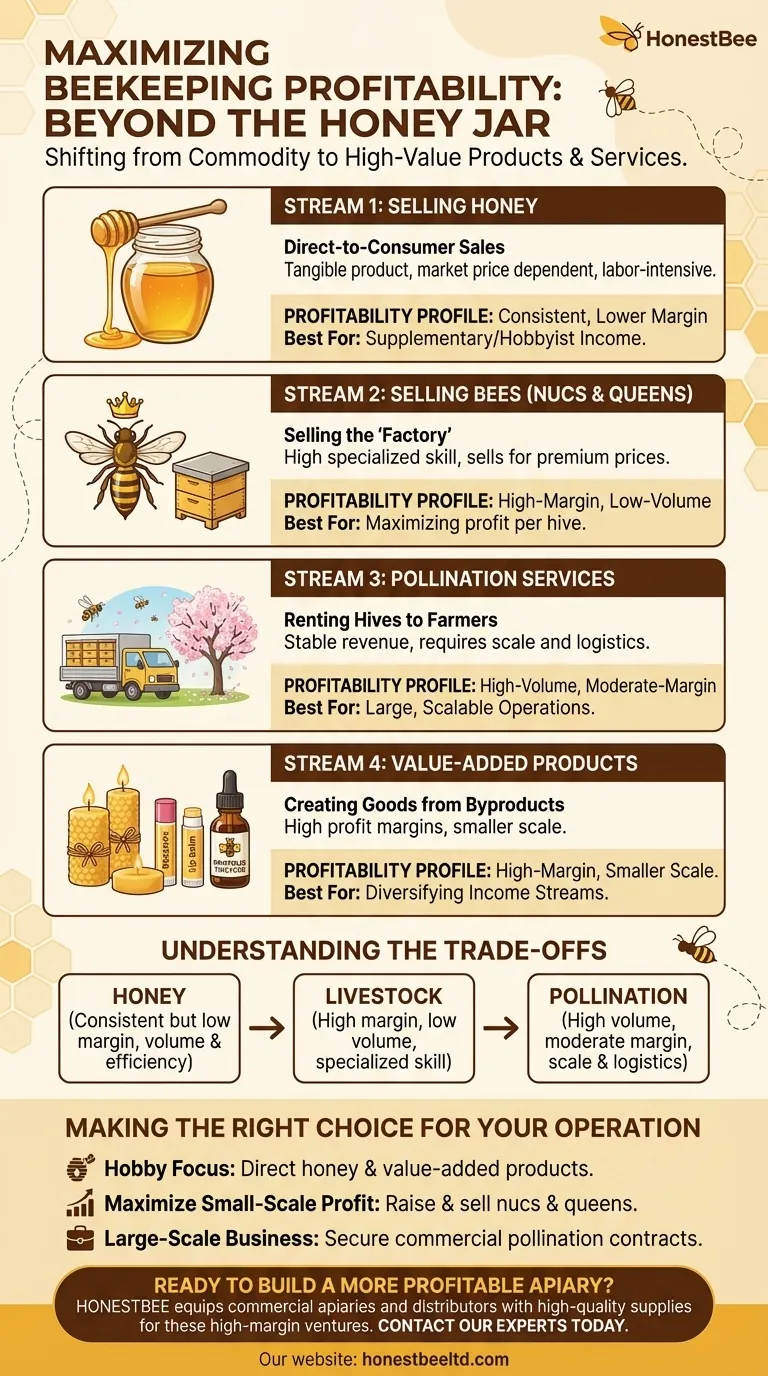
Related Products
- Premium Traditional Copper Bee Smoker with Bellows
- Stainless Steel Honey Bee Smoker Hive and Honeycomb Smoker for Beekeeping
- Stainless Steel Honey Press Wax Press with Tank
- Stainless Steel Beekeeping Queen Grafting Tool for Honey Bee Rearing
- Plastic Hand Crank 2 Frame Honey Extractor Low Price
People Also Ask
- What are the main components of a bee smoker? A Guide to Safe and Effective Hive Management
- What is a Smoker and how is it used in beekeeping? The Essential Tool for Calm, Safe Hive Inspections
- What is the primary purpose of using smoke in beekeeping? Calm Bees for Safer Hive Management
- What is the purpose of a bee smoker and how should it be used? A Guide to Calm, Safe Hive Inspections
- What are the main parts of a bee smoker? Essential Components for Calm Hive Management
